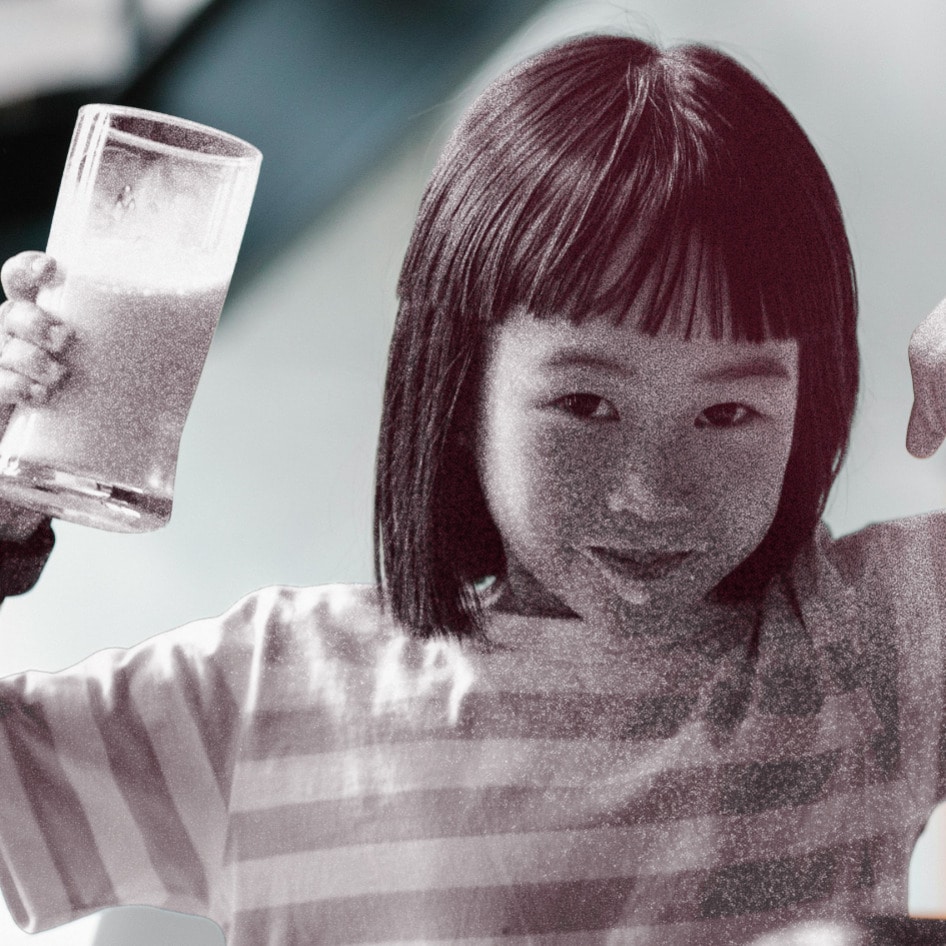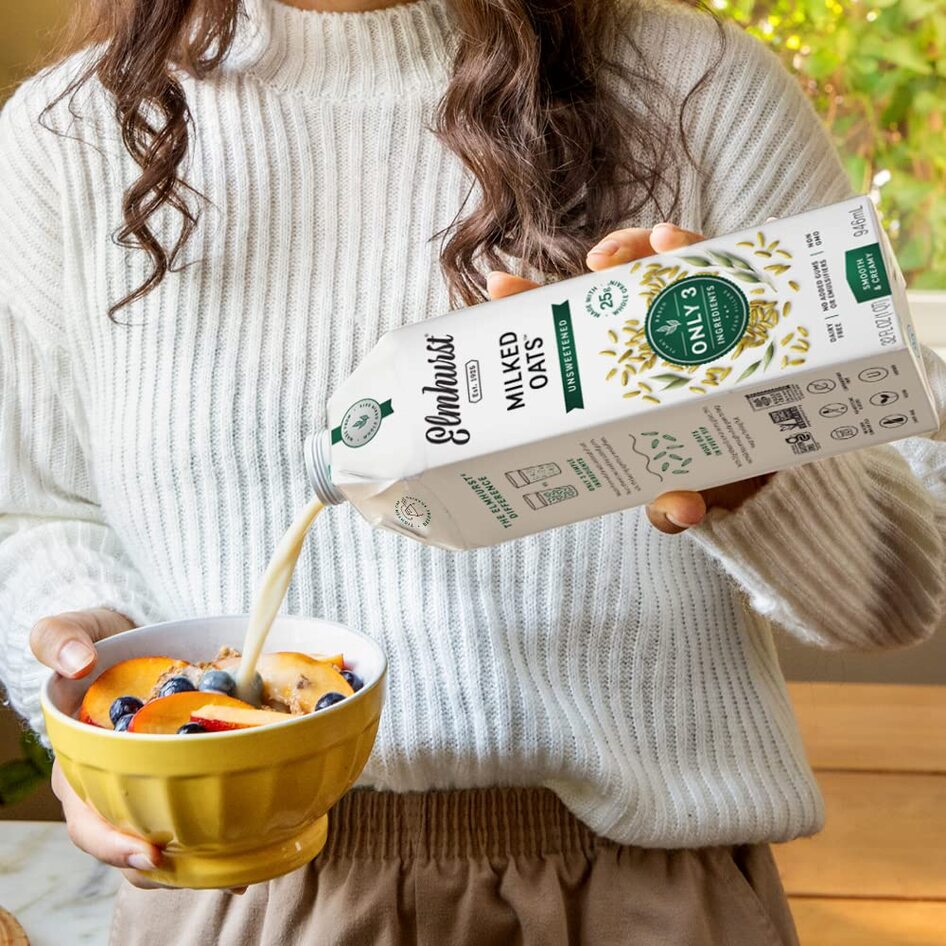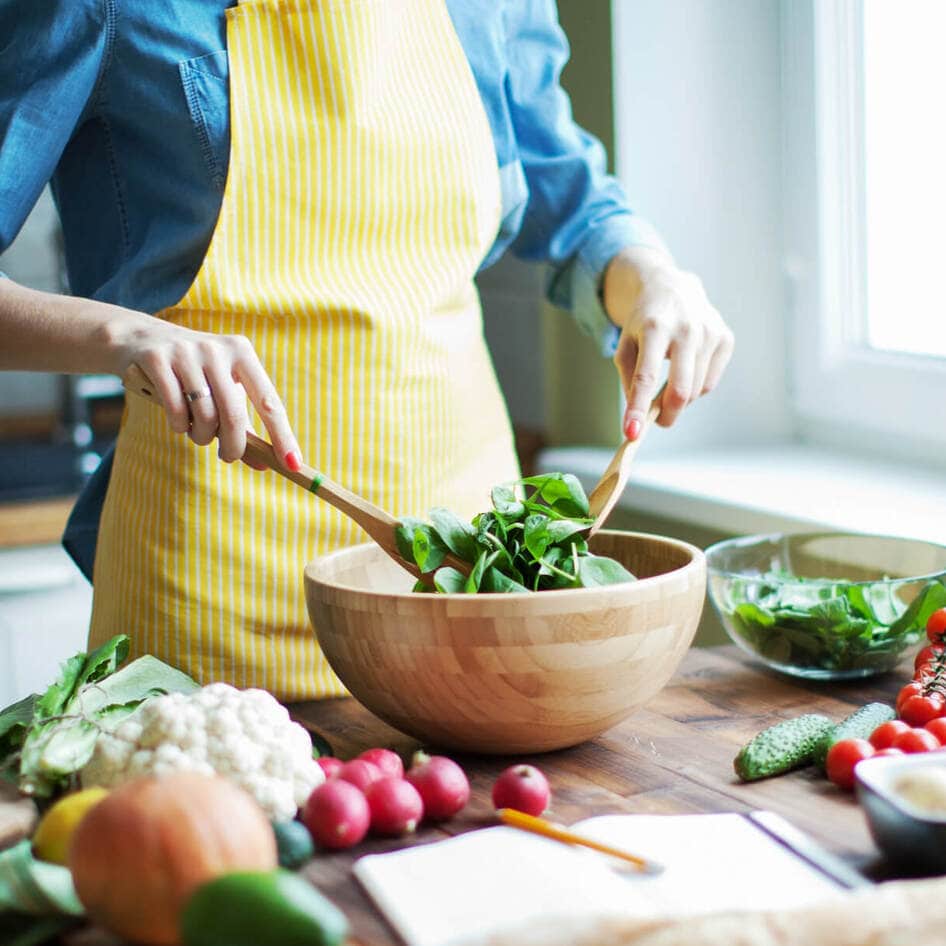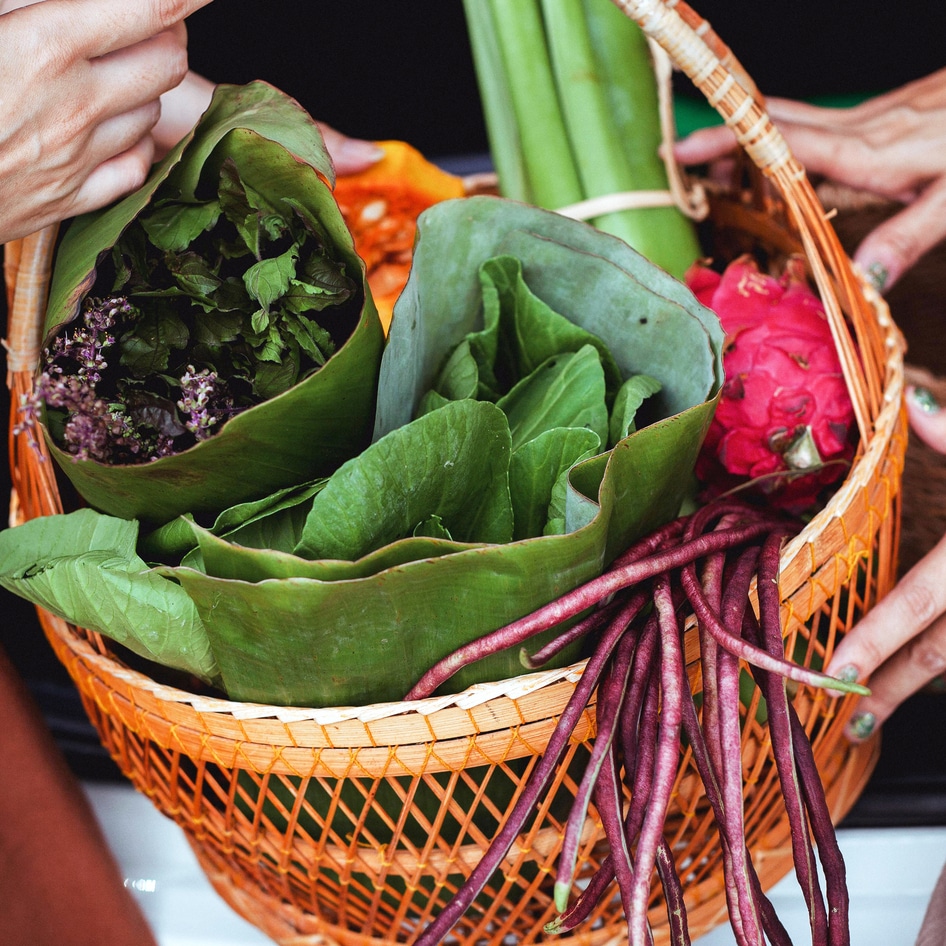Top 3 Vegan Parenting Myths, Busted
Set the record straight with these answers to three of vegan parenting’s most common questions.
July 26, 2016
After a healthy vegan pregnancy, my daughter entered the world with all 10 fingers and all 10 toes. Despite my smooth and uncomplicated journey to motherhood, I was still peppered with questions and skepticism concerning my diet along the way. It was all well and good to be vegan before, but now that a child was involved, I was going to drop this whole plant-based nonsense … right?
Questions and criticism have continued during the first year of my child’s life and I’m sure I’ll continue to encounter the same challenges at schools, doctor’s offices, celebrations, and vacations as the years progress. Most people mean well—they care about my kid and want her to thrive—but they’re speaking from a place of misunderstanding. It’s easy to get tongue-tied and upset in these situations, which is why it’s handy to have some ready-made answers in your back pocket.
Here are some common misunderstandings concerning vegan diets for wee ones. Remember that your child’s needs change over time (and each child has unique dietary needs), so do your own research to figure out what will work best for your kiddo.
Myth #1: If you don’t feed your child milk and other dairy products, she won’t have strong bones.
Did you know that the reason milk has calcium is because cows eat corn and soy feed that is fortified with calcium? Vegans go straight to the source by eating a diet rich in plant-based calcium. By doing so, they also skip the saturated fats, cholesterol, hormones, and anitbiotics that come along with dairy. Dark leafy greens, fortified non-dairy milks, and tofu are a few excellent plant-based sources of calcium.
Don’t forget that vitamin D aids calcium absorption. As much as possible, make sure your little one gets about 10 minutes of sunshine daily. I make up for cloudy days with a multi-vitamin that contains vitamin D and foods that are vitamin D-fortified. Remember that vitamin D2 is vegan, while vitamin D3 typically is not.
Myth #2: If you don’t feed your child meat, poultry, or fish, he won’t have strong muscles or energy.
“Where do you get your protein?” is one of the most loathed and repeated questions thrown at vegans and vegetarians every day. At the same time, the question warrants an educated reply and thoughtful consideration when you’re filling your babe’s belly. If you provide your child with a variety of plant-based proteins throughout the week, she or he will receive the essential amino acids that our bodies do not produce. Protein requirements vary depending on your child’s age and weight, but you can rest assured that your child is getting what he or she needs if you’re including high-protein plant foods such as beans, nuts, tofu, tempeh, lentils, peas, and whole grains (the list goes on!) at most meals.
Myth #3: Providing a healthy vegan diet for a child is too risky because meeting the child’s nutritional requirements is complex and difficult to fulfill on a daily basis.
The Academy of Nutrition and Dietetics and the American Academy of Pediatrics agree that following a varied plant-based diet with necessary supplementation is safe and may even be beneficial. Now that we’ve got a stamp of approval, how do we put these guidelines into practice? It’s easy to become overwhelmed by grams of protein, micrograms of calcium, and the number of calories required for your child at each developmental stage. I recommend taking it one step at a time. You don’t have to plan out every step of their diet up until they leave for college.
My personal strategy has been to provide a multi-vitamin that includes vitamins D and B-12, an iron supplement, and a wide array of fruits, vegetables, plant-based proteins, and fortified soy, hemp, or almond milk on a daily basis. Of course, if possible, it’s great if you can also breastfeed at least for the first year of your child’s life.
Super Smoothie: Packing a tasty smoothie with essential nutrients is a great way to put your mind at ease. I’ve listed a few benefits of each ingredient, but keep in mind that they all boast many other vitamins and nutrients in addition to this list!
- A handful of kale (vitamins A, C, and K)
- 2 cups non-dairy fortified milk (calcium, vitamins D and B-12, if using hemp milk omega-6 and omega 3)
- 1 banana (vitamin B6, manganese, vitamin C)
- 1/2 teaspoon flax oil (omega-3)
- 1 avocado (healthy fats and B vitamins)
Corinne Bowen is a freelance journalist, copywriter, and editor.
JUMP TO ... Latest News | Recipes | Guides | Health | Subscribe







